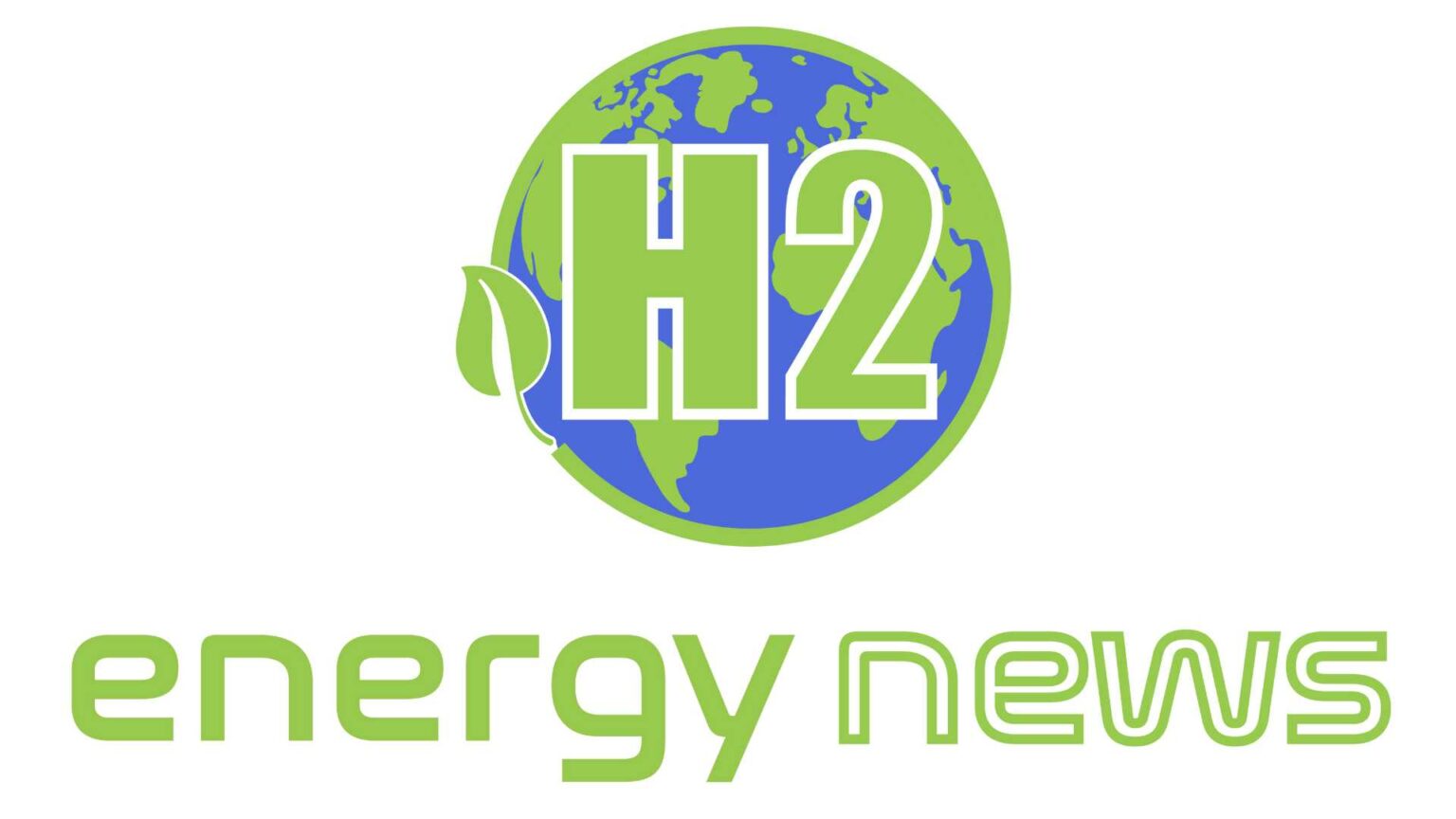Hydrogen has been touted as the fuel of the future because it is clean and efficient, with no carbon dioxide or air pollutants emitted during burning, and the only waste produced is water.
Hydrogen can also be produced using renewable sources, such as solar or wind power, making it an attractive option for reducing greenhouse gas emissions. However, there are significant challenges associated with the production and use of hydrogen, including the large amount of energy required to produce it, the difficulty in storing and transporting it due to its low energy density and tendency to leak from containers, and the need for advanced technologies to extract its full energy potential.
Furthermore, hydrogen readily reacts with the same molecule responsible for breaking down methane, a potent greenhouse gas. Above a certain threshold, in the theoretical case that hydrogen replaces the use of fossil fuels, a hydrogen-based economy could cause short-term environmental damage by increasing the amount of methane in the atmosphere. The risk is given by the leaks that hydrogen storage can produce. The damage is compounded by hydrogen production methods that sometimes require the use of methane, highlighting the critical need to manage and minimize emissions during hydrogen production.
Researchers have identified the tipping point at which hydrogen emissions would lead to an increase in atmospheric methane, calling into question some of the short-term benefits of hydrogen as a clean fuel. By identifying that threshold, the researchers were able to set targets to help manage hydrogen emissions. In the case of green hydrogen, produced by the electrolysis of water, dividing it into hydrogen and oxygen and using renewable energy sources, the critical threshold for hydrogen emissions is around 9%. This means that if more than 9% of the produced hydrogen leaks into the atmosphere, either at the point of production, during transport, or along its value chain, atmospheric methane would increase over the next decades.
In the case of blue hydrogen, produced from natural gas by capturing and storing carbon dioxide (CO2) instead of releasing it into the atmosphere, the emissions threshold is even lower. Because methane itself is a primary feedstock, blue hydrogen producers must consider direct methane leakage in addition to hydrogen leakage. Even with a methane leak rate as low as 0.5%, hydrogen would still need to be contained to a leakage rate of 3.5% to avoid methane buildup in the atmosphere.
The potential impact of hydrogen as a clean fuel is enormous, but it is essential to manage its production, storage, and transport to minimize emissions and prevent environmental damage. There is a need for proactive measures to set thresholds for hydrogen emissions to use in the design and implementation of future hydrogen infrastructure. “We have a lot to learn about the consequences of using hydrogen so that the switch to an apparently clean fuel does not create new environmental challenges,” warns Amilcare Porporato, a professor of civil and environmental engineering at the High Meadows Environmental Institute.





